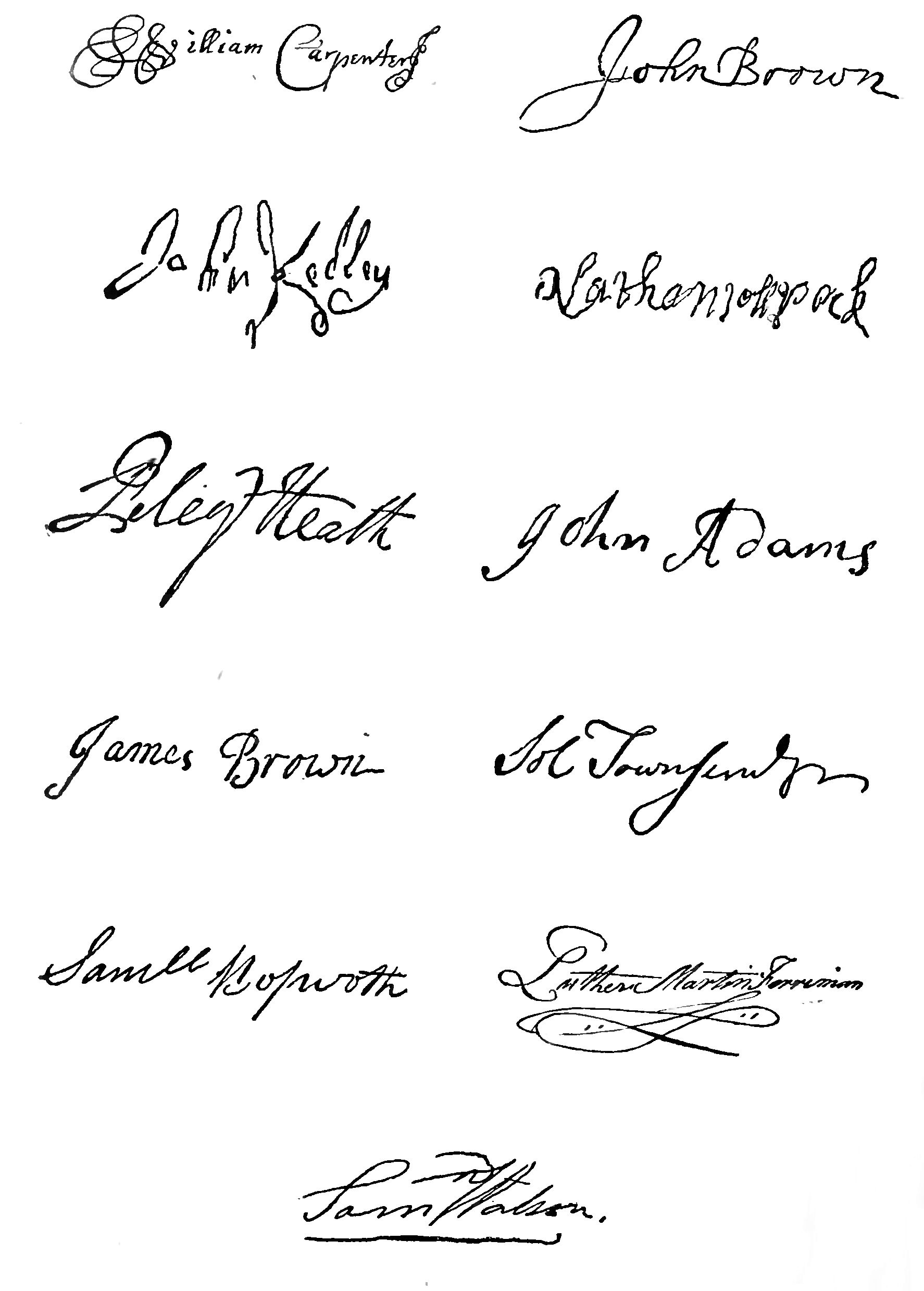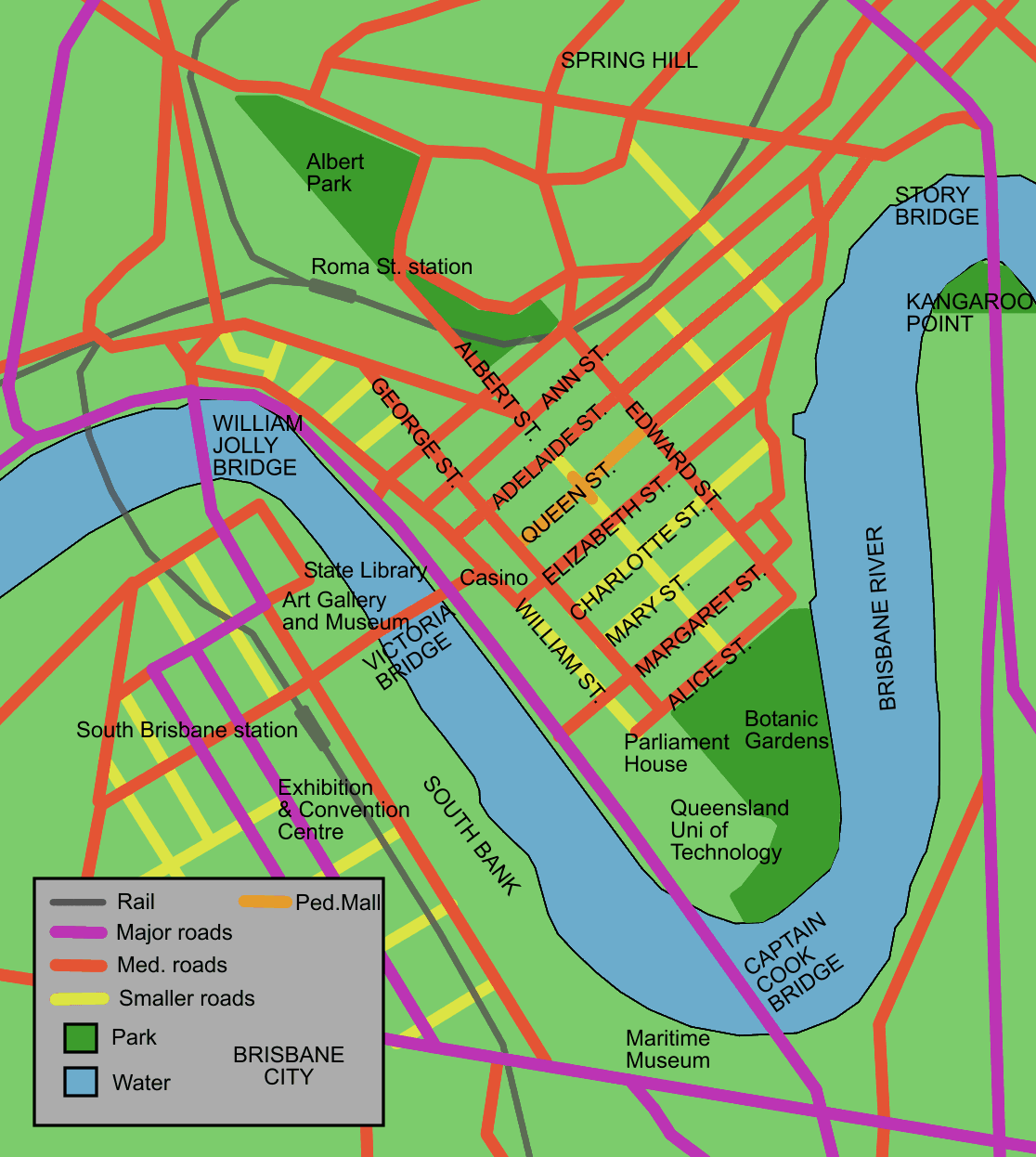|
Gympie And Widgee War Memorial Gates
Gympie and Widgee War Memorial Gates is a heritage-listed memorial at Mary Street, Gympie, Gympie Region, Queensland, Australia. The gates provide an entranceway on Mary Street (the main street of Gympie) through to the Gympie Memorial Park in Reef Street. The gates were designed by George Rae and built in 1920 by A L Petrie & Son. It was added to the Queensland Heritage Register on 21 October 1992. History The Gympie War Memorial Gates were unveiled in 1920 by Edward, Prince of Wales. The gates were designed by George Rae, of Brisbane. Monumental masonry firm A L Petrie and Son of Toowong undertook the stonework whilst an unknown local blacksmith produced the ironwork. The memorial honours the 167 local men who fell in the First World War and the two who fell in the Boer War. The gates were unveiled on 3 August 1920. The township of Gympie was established after the discovery of gold by James Nash in 1867. This was the beginning of the first large goldrush in Que ... [...More Info...] [...Related Items...] OR: [Wikipedia] [Google] [Baidu] |
Gympie, Queensland
Gympie ( ) is a city and a locality in the Gympie Region, Queensland, Australia. In the Wide Bay-Burnett District, Gympie is about north of the state capital, Brisbane. The city lies on the Mary River, which floods Gympie occasionally. The locality of Gympie is the central business district for the city of Gympie and also the administrative centre for the Gympie Region local government area. As of June 2021, Gympie had a population of 53,851. Gympie is famous for its gold field. It contains a number of historic buildings registered on the Queensland Heritage Register. History ''Gubbi Gubbi (Kabi Kabi, Cabbee, Carbi, Gabi Gabi)'' is an Australian Aboriginal language formerly spoken by the indigenous peoples of the Sunshine Coast Region and Gympie Region, particularly the towns of Caloundra, Noosa Heads, Gympie and extending north towards Maryborough and south to Caboolture''.'' Gympie's name derives from the Gubbi Gubbi word ''gimpi-gimpi'', which means "stinging tree" a ... [...More Info...] [...Related Items...] OR: [Wikipedia] [Google] [Baidu] |
Toowong War Memorial
Toowong Memorial Park is a heritage-listed memorial and park at 65 Sylvan Road, Toowong, City of Brisbane, Queensland, Australia. It was designed by George Rae and built by Andrew Lang Petrie Monumental Works. It was added to the Queensland Heritage Register on 4 September 2007. History Toowong Park, bounded by the Ipswich- Brisbane Railway line to the west, Sylvan Road to the south and Dixon Street to the north, was allocated as a park in 1918 by Toowong Town Council. Following the dedication of Toowong Soldiers' Memorial in 1922, it became known as the Toowong Memorial Park. Since this time, Toowong Memorial Park has been important to the community as a central venue for Anzac Day ceremonies, organised and informal sports, and other recreational activities. The Toowong area (then known as West Milton), was surveyed and divided into several large estates in 1850. In its early days the Toowong area was an upper-middle class suburb, consisting of detached "villas" on ... [...More Info...] [...Related Items...] OR: [Wikipedia] [Google] [Baidu] |
Finial
A finial (from '' la, finis'', end) or hip-knob is an element marking the top or end of some object, often formed to be a decorative feature. In architecture, it is a small decorative device, employed to emphasize the Apex (geometry), apex of a dome, spire, tower, roof, or gable or any of various distinctive ornaments at the top, end, or corner of a building or structure. A finial is typically carved in stone. Where there are several such elements they may be called pinnacles. The very top of a finial can be a floral or foliated element called a bouquet. Smaller finials in materials such as metal or wood are used as a decorative ornament on the tops or ends of poles or rods such as tent-poles or curtain rods or any object such as a piece of furniture. These are frequently seen on top of bed posts or clocks. Decorative finials are also commonly used to fasten lampshades, and as an ornamental element at the end of the handles of souvenir spoons. The charm at the end of a pull chain ... [...More Info...] [...Related Items...] OR: [Wikipedia] [Google] [Baidu] |
Plinth
A pedestal (from French ''piédestal'', Italian ''piedistallo'' 'foot of a stall') or plinth is a support at the bottom of a statue, vase, column, or certain altars. Smaller pedestals, especially if round in shape, may be called socles. In civil engineering, it is also called ''basement''. The minimum height of the plinth is usually kept as 45 cm (for buildings). It transmits loads from superstructure to the substructure and acts as the retaining wall for the filling inside the plinth or raised floor. In sculpting, the terms base, plinth, and pedestal are defined according to their subtle differences. A base is defined as a large mass that supports the sculpture from below. A plinth is defined as a flat and planar support which separates the sculpture from the environment. A pedestal, on the other hand, is defined as a shaft-like form that raises the sculpture and separates it from the base. An elevated pedestal or plinth that bears a statue, and which is raised from ... [...More Info...] [...Related Items...] OR: [Wikipedia] [Google] [Baidu] |
Names Of The Fallen In The World War I (right-hand Side), Gympie And Widgee War Memorial Gates, 2015
A name is a term used for identification by an external observer. They can identify a class or category of things, or a single thing, either uniquely, or within a given context. The entity identified by a name is called its referent. A personal name identifies, not necessarily uniquely, a ''specific'' individual human. The name of a specific entity is sometimes called a proper name (although that term has a philosophical meaning as well) and is, when consisting of only one word, a proper noun. Other nouns are sometimes called "common names" or (obsolete) "general names". A name can be given to a person, place, or thing; for example, parents can give their child a name or a scientist can give an element a name. Etymology The word ''name'' comes from Old English ''nama''; cognate with Old High German (OHG) ''namo'', Sanskrit (''nāman''), Latin '' nomen'', Greek (''onoma''), and Persian (''nâm''), from the Proto-Indo-European (PIE) ''*h₁nómn̥''. Outside Indo-Euro ... [...More Info...] [...Related Items...] OR: [Wikipedia] [Google] [Baidu] |
Names Of The Fallen In The Boer War And World War I (left-hand Side), Gympie And Widgee War Memorial Gates, 2015
A name is a term used for identification by an external observer. They can identify a class or category of things, or a single thing, either uniquely, or within a given context. The entity identified by a name is called its referent. A personal name identifies, not necessarily uniquely, a ''specific'' individual human. The name of a specific entity is sometimes called a proper name (although that term has a philosophical meaning as well) and is, when consisting of only one word, a proper noun. Other nouns are sometimes called "common names" or (obsolete) "general names". A name can be given to a person, place, or thing; for example, parents can give their child a name or a scientist can give an element a name. Etymology The word ''name'' comes from Old English ''nama''; cognate with Old High German (OHG) ''namo'', Sanskrit (''nāman''), Latin '' nomen'', Greek (''onoma''), and Persian (''nâm''), from the Proto-Indo-European (PIE) ''*h₁nómn̥''. Outside Indo-Euro ... [...More Info...] [...Related Items...] OR: [Wikipedia] [Google] [Baidu] |
Wrought Iron
Wrought iron is an iron alloy with a very low carbon content (less than 0.08%) in contrast to that of cast iron (2.1% to 4%). It is a semi-fused mass of iron with fibrous slag Inclusion (mineral), inclusions (up to 2% by weight), which give it a wood-like "grain" that is visible when it is etched, rusted, or bent to structural failure, failure. Wrought iron is tough, malleable, ductile, corrosion resistant, and easily forge welding, forge welded, but is more difficult to welding, weld electrically. Before the development of effective methods of steelmaking and the availability of large quantities of steel, wrought iron was the most common form of malleable iron. It was given the name ''wrought'' because it was hammered, rolled, or otherwise worked while hot enough to expel molten slag. The modern functional equivalent of wrought iron is Carbon steel#Mild or low-carbon steel, mild steel, also called low-carbon steel. Neither wrought iron nor mild steel contain enough carbon to be ... [...More Info...] [...Related Items...] OR: [Wikipedia] [Google] [Baidu] |
Mary Street, Brisbane
Mary Street is a major road in the Brisbane central business district. The street is one of a number that were named after female queens and princesses of the royal family shortly after the penal colony was settled. Charlotte Street is positioned parallel to the north and Margaret Street runs next to the south. Mary Street begins in the Government Precinct at a T-intersection with George Street opposite the Executive Building. Also at the elevated southern end is Education House containing state government offices and the Department of Mines and Energy, Queensland are located opposite in the Queensland Minerals & Energy Centre. Felix Tower is located on the corner of Mary and Felix Streets. Waterfront Place and Forestry House are nearby in the lower northern section, close to the river. Vision Brisbane was a planned residential skyscraper on Mary Street that would have been Brisbane's tallest building. Mary Street was home to the first premises used by the Queensland Clu ... [...More Info...] [...Related Items...] OR: [Wikipedia] [Google] [Baidu] |
Great War Pillar, Gympie And Widgee War Memorial Gates, 2015
Great may refer to: Descriptions or measurements * Great, a relative measurement in physical space, see Size * Greatness, being divine, majestic, superior, majestic, or transcendent People * List of people known as "the Great" * Artel Great (born 1981), American actor Other uses * ''Great'' (1975 film), a British animated short about Isambard Kingdom Brunel * ''Great'' (2013 film), a German short film * Great (supermarket), a supermarket in Hong Kong * GReAT, Graph Rewriting and Transformation, a Model Transformation Language * Gang Resistance Education and Training, or GREAT, a school-based and police officer-instructed program * Global Research and Analysis Team (GReAT), a cybersecurity team at Kaspersky Lab *'' Great!'', a 2018 EP by Momoland * ''The Great'' (TV series), an American comedy-drama See also * * * {{disambig ... [...More Info...] [...Related Items...] OR: [Wikipedia] [Google] [Baidu] |
Boer War Pillar, Gympie And Widgee War Memorial Gates, 2015
Boers ( ; af, Boere ()) are the descendants of the Dutch-speaking Free Burghers of the eastern Cape frontier in Southern Africa during the 17th, 18th, and 19th centuries. From 1652 to 1795, the Dutch East India Company controlled this area, but the United Kingdom incorporated it into the British Empire in 1806. The name of the group is derived from "boer", which means "farmer" in Dutch and Afrikaans. In addition, the term also applied to those who left the Cape Colony during the 19th century to colonise in the Orange Free State, Transvaal (together known as the Boer Republics), and to a lesser extent Natal. They emigrated from the Cape to live beyond the reach of the British colonial administration, with their reasons for doing so primarily being the new Anglophone common law system being introduced into the Cape and the British abolition of slavery in 1833. The term '' Afrikaners'' or ''Afrikaans people'' is generally used in modern-day South Africa for t ... [...More Info...] [...Related Items...] OR: [Wikipedia] [Google] [Baidu] |



.jpg)


